#archaeology'
Explore tagged Tumblr posts
Text
I let myself rest and now I'm daydreaming about academia and academic research and writing again
#send help#academia#archaeology#i cant dedicate multiple years of my life to going back to do more study just bc im bored rn
36K notes
·
View notes
Text

Skara Brae Buddo, human figure carved from whalebone, dated c. 2,900 – 2,400 BC. Discovered at Skara Brae, a Neolithic settlement located in the Bay of Skaill on the Mainland, an island in the Orkney archipelago of Scotland.
18K notes
·
View notes
Text
WAKE UP BITCHES THEY FOUND NEW EURIPIDES FRAGMENTS
98 LINES, 80% COMPLETELY NEW MATERIAL
#Euripides#greek tragedy#classical studies#ancient greek#tagamemnon#archaeology#classics stuff#local queer classicist posts
19K notes
·
View notes
Text
My two yr old is looking through a book about prehistoric art and she saw a picture of those cave painting of hands and she held up her own and said "hand!" And I gotta be honest. That hit
31K notes
·
View notes
Text
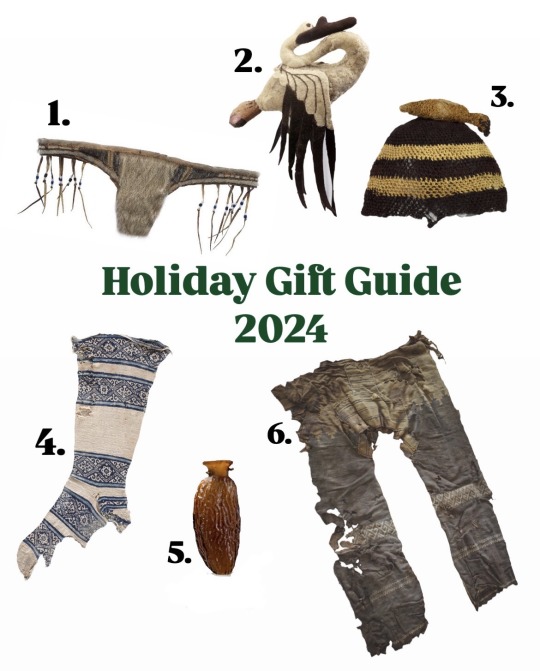
1. 19th century sealskin thong, Greenland
2. Pazyryk swan made of felted reindeer wool, circa 400 BCE, Siberia
3. Child’s hat with bird, nalbound cotton and wool, 1000–1476 CE, Chancay culture, Peru
4. Knitted cotton sock from Egypt, 1000-1200 CE
5. Sidonian flask shaped like a date, 1st-2nd century CE, Syria or Palestine
6. World’s oldest surviving pants, woven wool, circa 1300-1000 BCE, China
9K notes
·
View notes
Text
Indian cave paintings are a profound testament to the artistic and cultural heritage of the Indian subcontinent, offering an extraordinary glimpse into the lives and beliefs of ancient civilizations. These artworks, created over several millennia, are found in various locations across India, each reflecting the unique styles and influences of their respective periods.
0 notes
Text
I'm firmly convinced that there are certain archaeological artifacts we'll never fully understand because what sparked their creation was some prehistoric craftsperson thinking to themselves "hey, you know what would be fucked up?"
14K notes
·
View notes
Text
A murder mystery film set in a medieval village. After an outbreak of plague, the villagers make the decision to shut their borders so as to protect the disease from spreading (see the real life case of the village of Eyam). As the disease decimates the population, however, some bodies start showing up that very obviously were not killed by plague.
Since nobody has been in or out since the outbreak began, the killer has to be somebody in the local community.
The village constable (who is essentially just Some Guy, because being a medieval constable was a bit like getting jury duty, if jury duty gave you the power to arrest people) struggles to investigate the crime without exposing himself to the disease, and to maintain order as the plague-stricken villagers begin to turn on each other.
The killer strikes repeatedly, seemingly taking advantage of the empty streets and forced isolation to strike without witnesses. As with any other murder mystery, the audience is given exactly the same information to solve the crime as the detective.
Except, that is, whenever another character is killed, at which point we cut to the present day where said character's remains are being carefully examined by a team of modern archaeologists and historians who are also trying to figure out why so many of the people in this plague-pit died from blunt force trauma.
The archaeologists and historians, btw, are real experts who haven't been allowed to read the script. The filmmakers just give them a model of the victim's remains, along with some artefacts, and they have to treat it like a real case and give their real opinion on how they think this person died.
We then cut back to the past, where the constable is trying to do the same thing. Unlike the archaeologists, he doesn't have the advantage of modern tech and medical knowledge to examine the body, but he does have a more complete crime scene (since certain clues obviously wouldn't survive to be dug up in the modern day) and personal knowledge from having probably known the victim.
The audience then gets a more complete picture than either group, and an insight into both the strengths and limits of modern archaeology, explaining what we can and can't learn from studying a person's remains.
At the end of the film, after the killer is revealed and the main plot is resolved, we then get to see the archaeologists get shown the actual scenes where their 'victims' were killed, so they can see how well their conclusions match up with what 'really' happened.
#film ideas#plotbunny#murder mystery#detective stories#period dramas#middle ages#history#archaeology
26K notes
·
View notes
Text
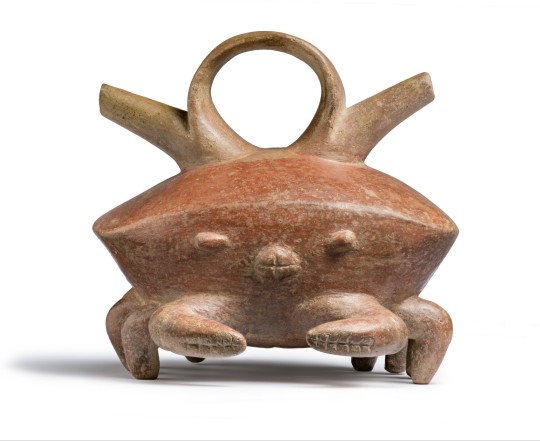
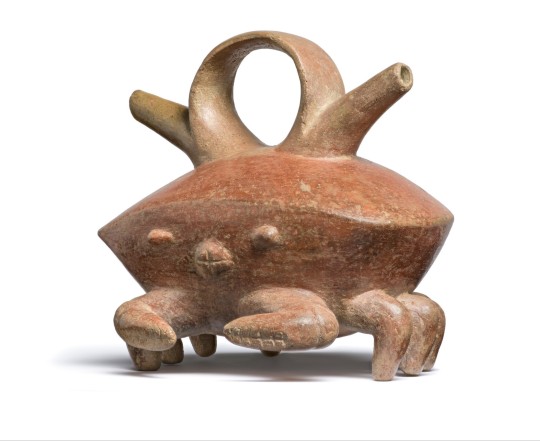
~ Crab Vessel with Double Spout.
Place of origin: Colombia, Calima Region
Period: Ilama Period
Date: 1500 B.C.-A.D. 100
Medium: Ceramics
#ancient#ancient art#history#museum#archeology#ancient history#archaeology#ancient pottery#pottery#south america#crab#crab vessel#calima#Colombia#pre columbian#Ilama Period#1500 b.c.#a.d. 100
22K notes
·
View notes
Text

Clicked on an article from the anthropology subreddit about loneliness and was immediately blasted into oblivion by this opening paragraph
#NARUTO IS NEVER BROUGHT UP AGAIN#IN THE ENTIRE ARTICLE#LIKE???#GET HIS ASS I GUESS#Naruto#wish that subreddit was more active I love reading about archaeological discoveries and anthropology
53K notes
·
View notes
Photo
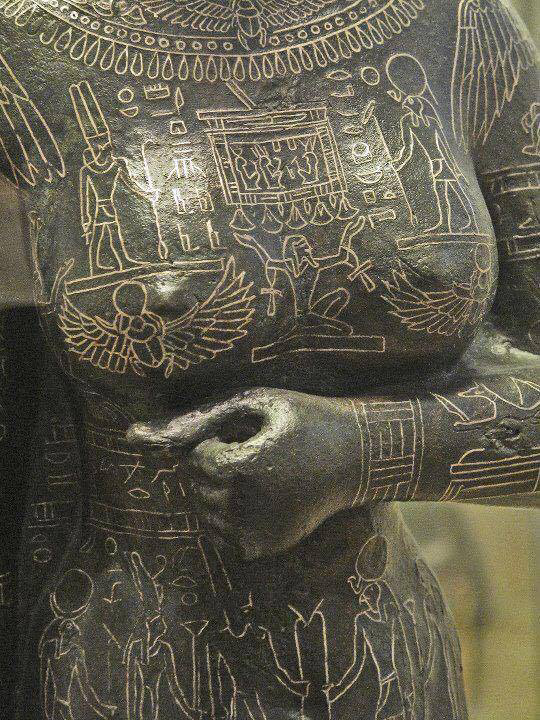
Statue of Princess and Priestess Takushit at the National Archaeological Museum of Athens
5K notes
·
View notes
Text

Sometimes, I really love working with archaeologists
4K notes
·
View notes
Text
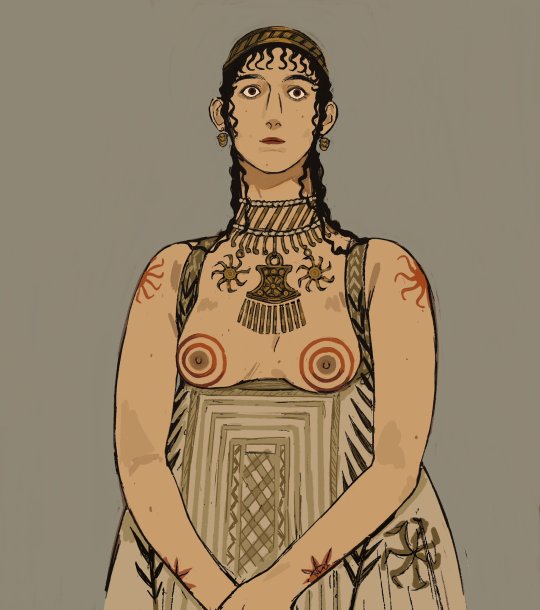

She
55K notes
·
View notes
Text
Child's Writing Exercises and Doodles, from Egypt, c. 1000-1200 CE: this was made by a child who was practicing Hebrew, creating doodles and scribbles on the page as they worked

This writing fragment is nearly 1,000 years old, and it was made by a child who lived in Egypt during the Middle Ages. Several letters of the Hebrew alphabet are written on the page, probably as part of a writing exercise, but the child apparently got a little bored/distracted, as they also left a drawing of a camel (or possibly a person), a doodle that resembles a menorah, and an assortment of other scribbles on the page.
This is the work of a Jewish child from Fustat (Old Cairo), and it was preserved in the collection known as the Cairo Genizah Manuscripts. As the University of Cambridge Library explains:
For a thousand years, the Jewish community of Fustat placed their worn-out books and other writings in a storeroom (genizah) of the Ben Ezra Synagogue ... According to rabbinic law, once a holy book can no longer be used (because it is too old, or because its text is no longer relevant) it cannot be destroyed or casually discarded: texts containing the name of God should be buried or, if burial is not possible, placed in a genizah.
At least from the early 11th century, the Jews of Fustat ... reverently placed their old texts in the Genizah. Remarkably, however, they placed not only the expected religious works, such as Bibles, prayer books and compendia of Jewish law, but also what we would regard as secular works and everyday documents: shopping lists, marriage contracts, divorce deeds, pages from Arabic fables, works of Sufi and Shi'ite philosophy, medical books, magical amulets, business letters and accounts, and hundreds of letters: examples of practically every kind of written text produced by the Jewish communities of the Near East can now be found in the Genizah Collection, and it presents an unparalleled insight into the medieval Jewish world.
Sources & More Info:
Cambridge Digital Library: Writing Exercises with Child's Drawings
Cambridge Digital Library: More About the Cairo Genizah Manuscripts
#archaeology#anthropology#history#artifact#middle ages#medieval#near east#egypt#cairo#children in archaeology#judaism#medieval jews#hebrew#writing exercise#doodle#art#cairo genizah#jewish history#reminds me of onfim#kids have always been kids
9K notes
·
View notes
Text
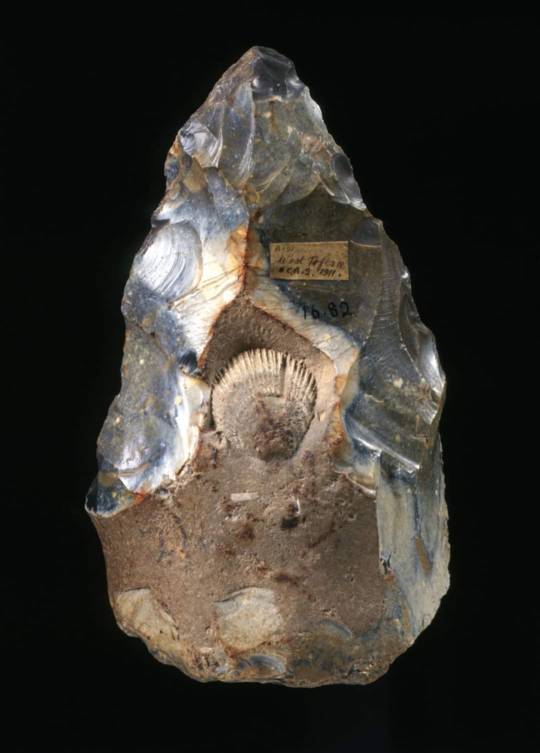
An extraordinary Acheulean handaxe knapped around a fossil shell circa 500,000-300,000 years ago.
The maker appears to have deliberately flaked around the shell to preserve and place it in a central position. As a result this handaxe has been described as an early example of artistic thought.
From West Tofts, Norfolk.
Museum of Archaeology and Anthropology, University of Cambridge, Courtesy Alison Fisk
24K notes
·
View notes